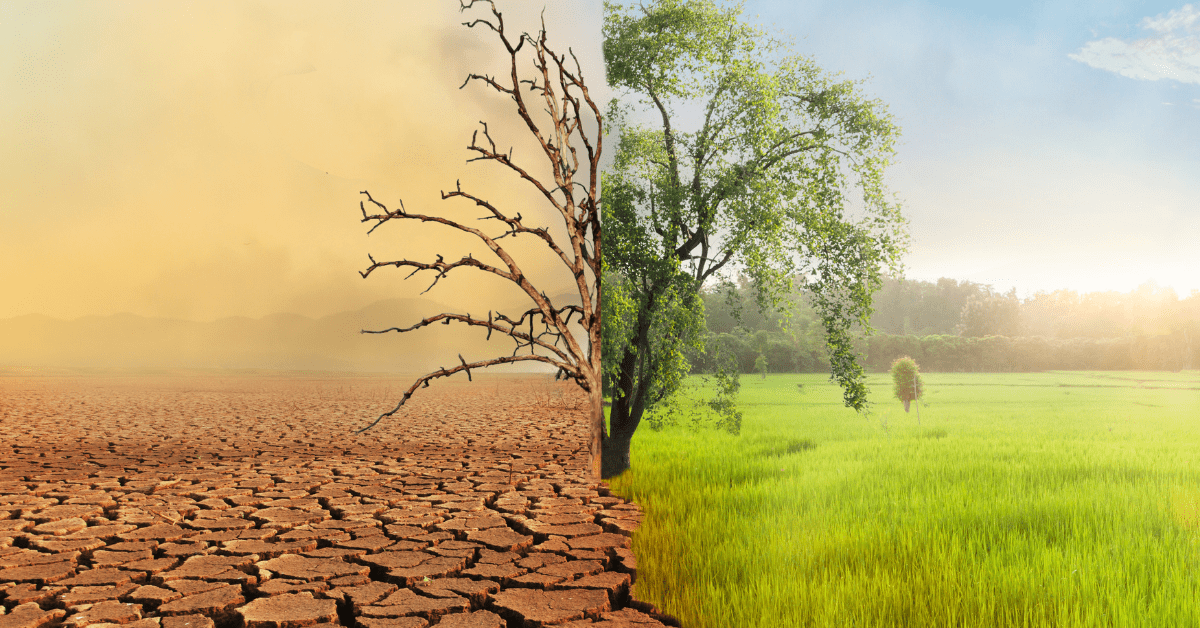Discover the profound wisdom of revered sages like Jesus, Moses, Muhammad, Buddha, and Confucius as they offer timeless insights into environmental stewardship and virtue. From Jesus’ parables of stewardship to Moses’ reflections on divine provision in the wilderness, each sage imparts valuable lessons on our responsibility to care for the Earth. Muhammad’s concept of Sadaqah Jariyah underscores the importance of sustainable actions that benefit future generations, while Buddha’s teachings on Right Livelihood emphasize ethical and sustainable work practices. Confucius, too, emphasizes the cultivation of virtues like benevolence and integrity, extending this to our relationship with nature.





